Deep Diving with Katharine Kollman and the Lomo LC-Wide
5 16 Share TweetThere is a mysterious world that exists deep beneath the ocean's surface: one that most of us never dare to explore. Luckily, we are still able to get a glimpse of it without putting on any wetsuits, because Katharine Kollman is back with Lomography, this time testing out our Lomo LC-Wide and Krab Underwater Housing!
Hi Katharine, welcome back to Lomography Magazine! Can you please fill us in on what you've been up to since we last spoke?
Hey Lomography, thanks for having me back! As I’m writing these replies, summer is coming to its close, which is always a little bittersweet as a diver on O’ahu since winter brings in the seasonal swell. I just returned from my first dive trip to Mexico, where I spent three-ish weeks house and dog-sitting for a friend while exploring the Baja peninsula with the dog in tow. Although I am not historically a dog person, we had an incredible time, and I’m now considering adding a border collie to the menagerie I’m building in my distant-future dream home. Mexico provided some insane diving, and I had one of my now all-time favorite days on the water in La Paz. The rolls of film are currently drying in my shower!
What was your first impression of the Lomo LC-Wide and Krab Underwater Housing ?
I was pleasantly surprised by the sturdiness of the Krab Underwater Housing! Often, when you look at underwater film cameras, the plastic feels quite flimsy. However, the iconic bright-red housing is truly deserving of the title “Krab” as it imitates that tough crustacean shell very well. The housing has a single o-ring on the body that the user is responsible for maintaining, which I think makes it much more approachable than something like the Nikonos (which requires you to maintain 4 o-rings plus a dozen interior).
Using the LC-Wide inside of the Krab Housing makes it a great pairing because it keeps the whole set-up that much smaller compared to a full sized SLR inside a housing. When it comes to shooting and diving, simplicity is your best friend. In my opinion, the fact the LC-Wide offers minimal options to change settings is not a hindrance, but an advantage in this particular case. Choose your ISO, framing, and focal length before putting the camera into the housing, and then you don’t have to touch it again until you’re out of the water. Shooting wide-angle is often the most desirable for photographing underwater because of the way light refracts through water, so that’s another boon to this rig.
How do you feel the camera and housing held up throughout your freediving adventures?
As I mentioned, this thing is sturdy. The camera stats list that it can go as deep as 20 meters, and I can confirm that this is accurate! I dove with it to depth towards the end of the dive, and when I later removed the camera from the housing, I found not a single drop of water inside to indicate any leaks. Most other underwater film cameras out there are rated around 5-10 meters of depth, and honestly, probably more shallow than that considering the age of rubber on some of those camera doors and o-rings. The Krab Housing is new, so you don’t have the same worries as diving with self-contained older cameras.
The only thing to note is that the camera is very buoyant due to the air inside of the housing. This is usually a characteristic of surf housings for digital cameras, because it is helpful to the photographer if their camera floats in this scenario when they are shooting mostly on the surface. Typically, underwater dive photographers use dive-specific housing that allows you to vacuum air out from the interior of the housing to make it negatively buoyant. This is helpful for us, because when a housing is positively buoyant, we have to expend more energy kicking harder to bring that air pocket with us. Think about trying to swim down while holding a balloon; it’s not easy. However, this housing set up is much smaller than any digital rig, making it more manageable. Just be aware of this when deciding what you’d like to use this housing for.

What kind of film did you use with the camera?
I used two rolls of film with the set-up: one roll of Tri-X and another roll of Ultrafine Xtreme 400, which, incidentally, is expired Tri-X (or so I’ve been told by a friend who used to work near the warehouse). I was curious to see how the two would compare, and funnily enough, the roll of Ultrafine turned out to have the punchier contrast of the two. I actually didn’t really like Tri-X, as the photos turned out a little muddy and a little flat, but that was also in large part due to the conditions in the water that day, which were murkier than my second attempt with the Ultrafine. For fun, I also finished a roll of Ilford FP4+ in the LC-Wide, rated at 200, during a hike one evening, and loved the deep blacks and heavy vignetting on the camera while shooting on land.
Do you have a favorite shot taken with the Lomo LC-Wide ?
Honestly, it was just fun to see some of the over-under shots and some of the shots taken above the water while we were diving. Typically, I’m shooting with a wet lens, so I can’t
take any photos out of the water, otherwise they’re blurry (wet lens glass is optically designed to be in focus underwater only).
While my friend and I were out diving, another friend swam out to join us in the water, and I think the photo of them is so cute. This place is everyone’s favorite summer dive spot, and I think this photo captures the dorky, happy little kids we feel like whenever we go out here. The place we went diving has this small cave that you climb down into from the shore, and there is a short swim-through that you can dive under to get out to the open water. We like to get in and out here because it’s a bit less crowded, and it’s never not cool and fun to swim through underwater caves. I like the photo of my friend getting out here at the end of our dive, because it just makes me think of summer.
Do you have any advice for those interested in trying out underwater photography on film?
I think I probably made the same recommendation in the last gear review, but it’s because it’s the most crucial part. Being comfortable in the water will have a significant impact on your ability to take photos, and the type of photos you’ll be able to capture. When you’re shooting underwater, you need to have what we call “water comfortability” which, at its core, is a sense of relaxation in the water. An understanding of how your body affects the water surrounding you, and how the body of water affects you, i.e. fresh or salt water and buoyancy, ocean currents, waves and swell, being able to hold your breath, etc. Just having some level of confidence in the water will make it that much easier to jump in the water with a camera in tow!
Apart from this general recommendation, I would suggest that you really take your time when photographing in the water, regardless of whether you’re diving or snorkeling. Everything is in constant motion in the water, so that fantastic composition you just saw of the fish around a rock will probably change in the few seconds it takes to lift your camera up to your face. Instead of immediately snapping the photo and hoping it turns out the way you envisioned, hold the viewfinder up to your eye for another few moments, and allow the scene to take shape again. When I first began shooting underwater, I felt a sense of urgency to snap a photo as soon as I saw something cool, but this resulted in a lot of “almosts”. Taking just a moment or two more of consideration will make all the difference in the world.
Do you have any exciting projects in the works?
I genuinely can’t believe it’s nearly the end of 2023, but I am excited about a few things before the year comes to a close. A couple of publications I am contributing to are coming to fruition in the next few months and will finally be released in print. It’s thrilling when things come to life in the real world and you can hold them in your own two hands, so I’m very much looking forward to that moment. Unfortunately, the publishers haven’t yet announced the releases, so I can’t exactly give out the titles - but I’ll be posting about them as soon as I’m allowed!
Anything else you'd like to share?
Well, I have a bit of an unexpected trip coming up that was planned spontaneously while I was still in Mexico. In about a week, I’ll be heading to Japan for the first time to attend the opening reception of a new exhibition at the Kiyosato Museum of Photographic Arts, who recently acquired some of my work. It’s a bit surreal to write that. I knew the exhibition was opening, but I didn’t plan on attending until some very reasonably priced airfare made an appearance, and I just went for it. This will mark my third international show, but only in my wildest dreams did I ever imagine I’d have work acquired by a real art museum - I’m so grateful to be ending a tough year on such a high note.
Thank you so much to Lomography for having me back to test some of their gear! I’m excited to see what else is in store for the analogue-water community.
Thank you Katharine for joining us once again! To see more of her work, check out her Instagram and website.
written by alexa_alexiades on 2023-11-29 #gear #people #underwater #gear #diving #krab-underwater-housing #lomo-lc-wide

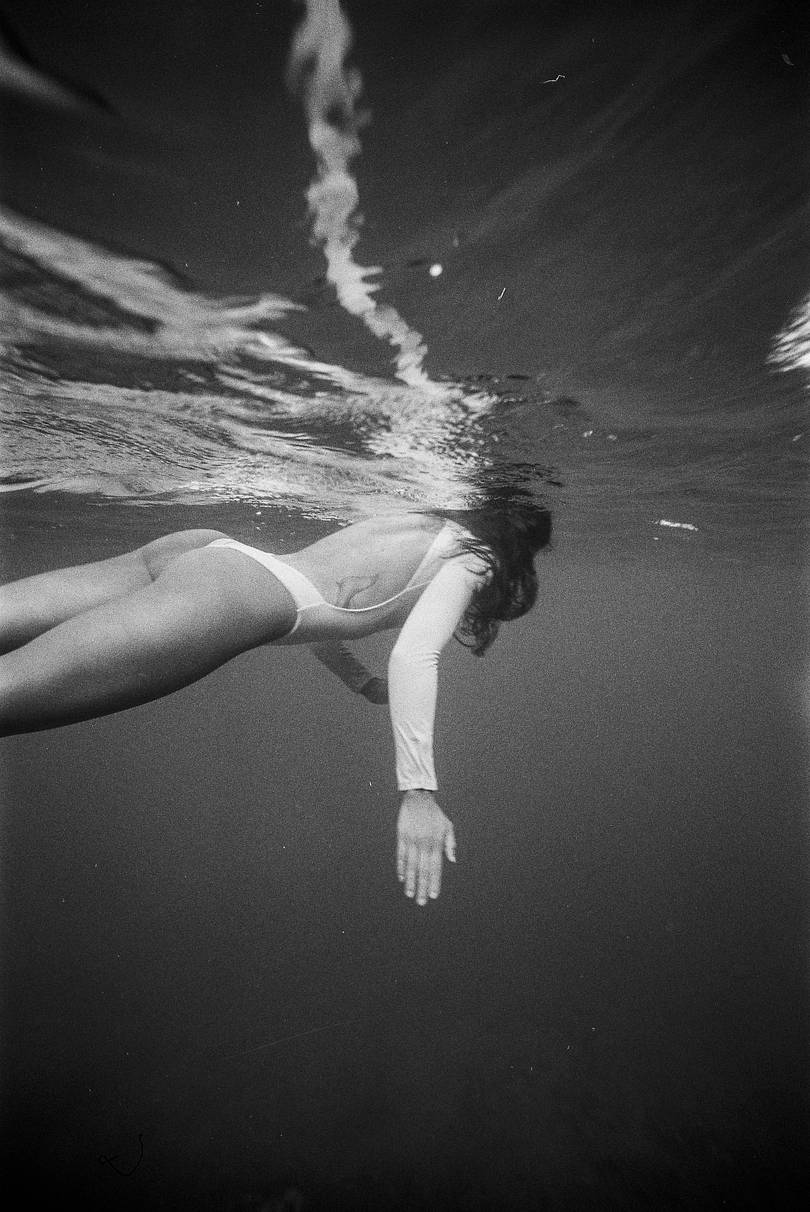




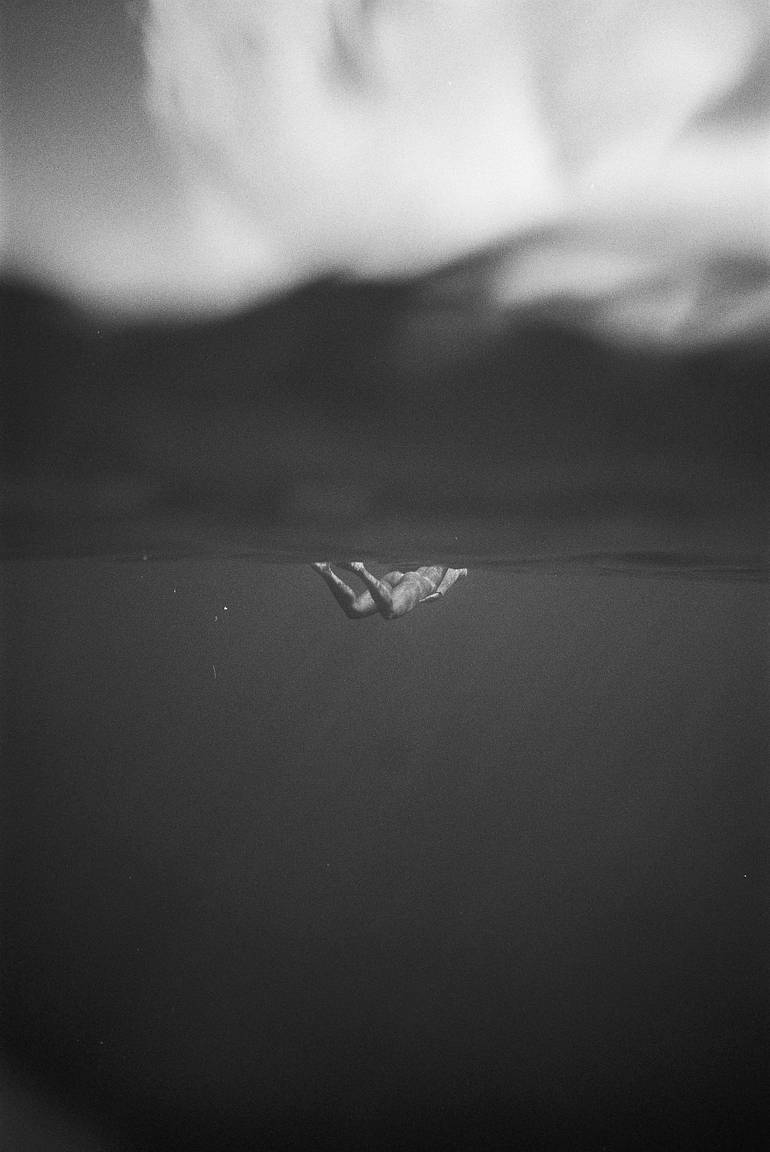









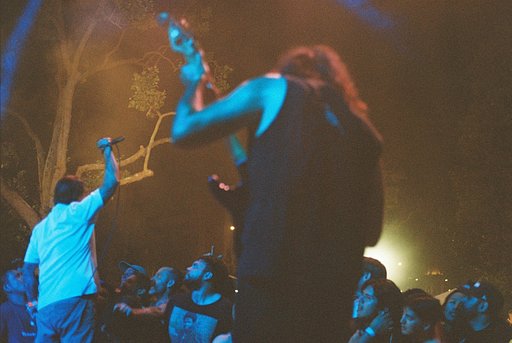

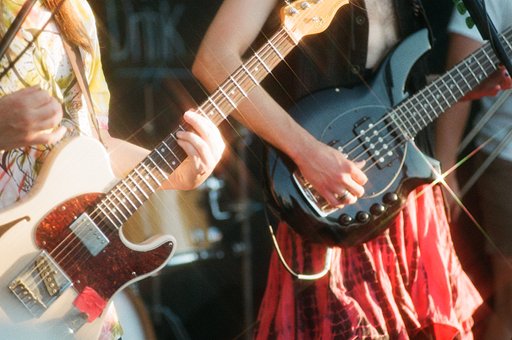
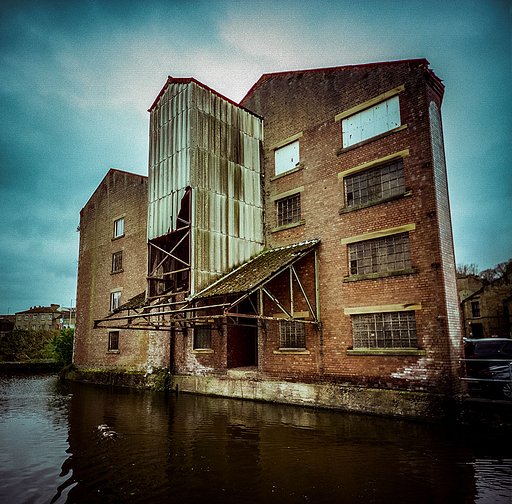
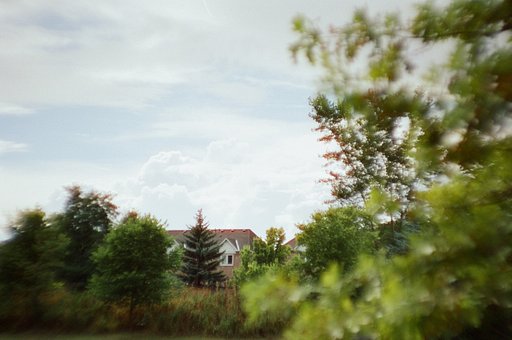






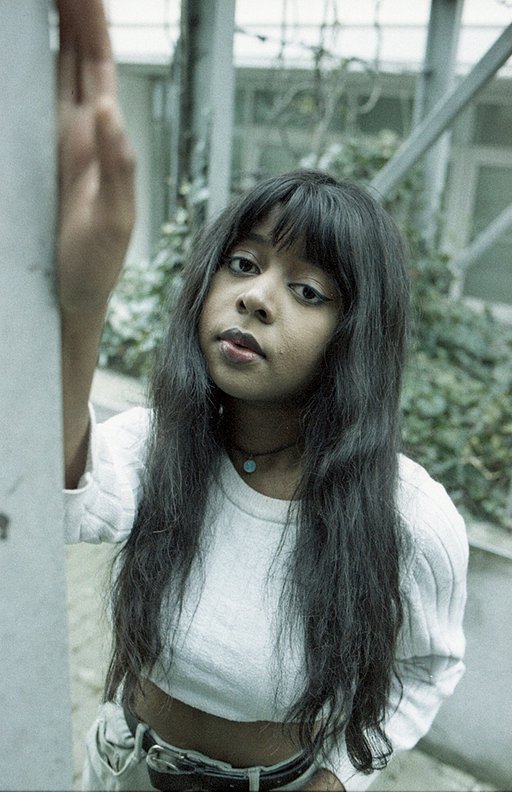


5 Comments